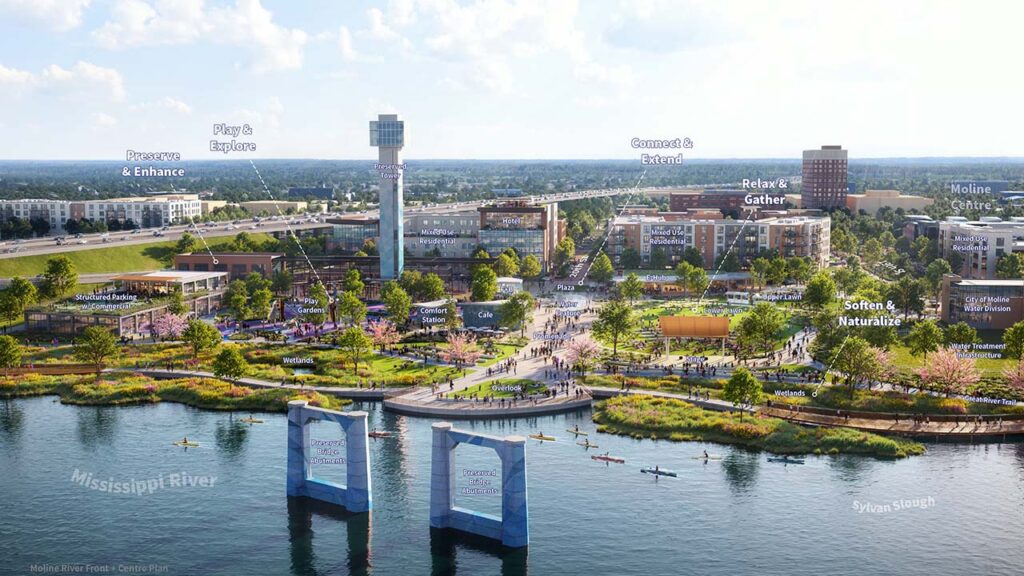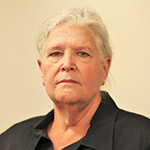Black Friday: Day a ‘success’ for many QC businesses
Dave Thompson

This illustration shows how Moline's riverfront could look from the Interstate 74 Bridge under a proposed riverfront design plan. CREDIT MKSK STUDIOS
MKSK Studios, the firm charged two years ago with creating a bold, unified vision for Moline’s riverfront, previewed for the Moline City Council on Tuesday, June 17, what City Administrator Bob Vitas called “a world-class plan” by “a world-class designer.”
During the council’s Committee of the Whole Meeting at city hall, Brett Weidl, landscape architect with the award-winning urban design firm

Get immediate, unlimited access to all subscriber content and much more.
Learn more in our subscriber FAQ.
Do you want to read and share this article without a paywall?
